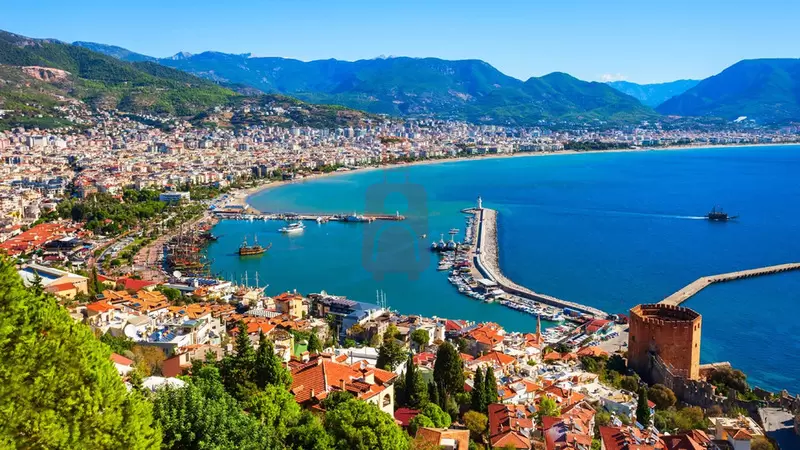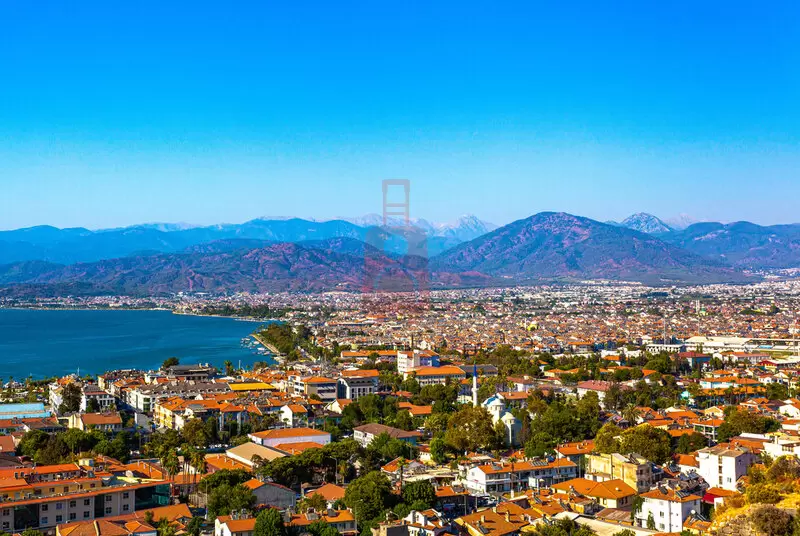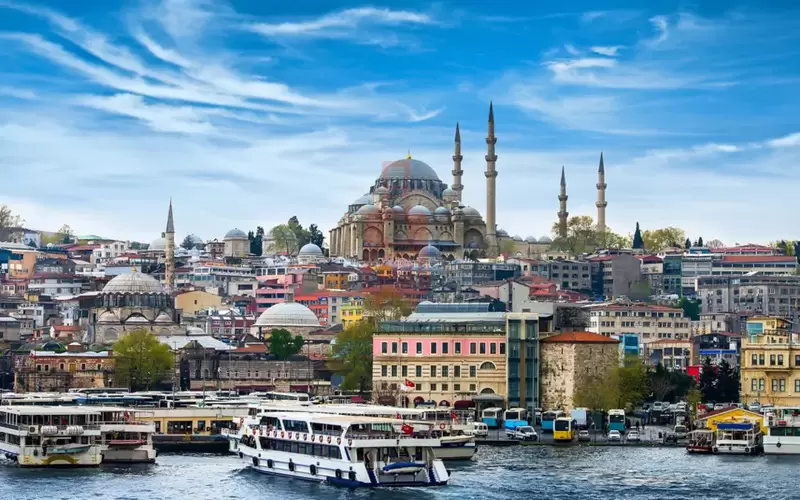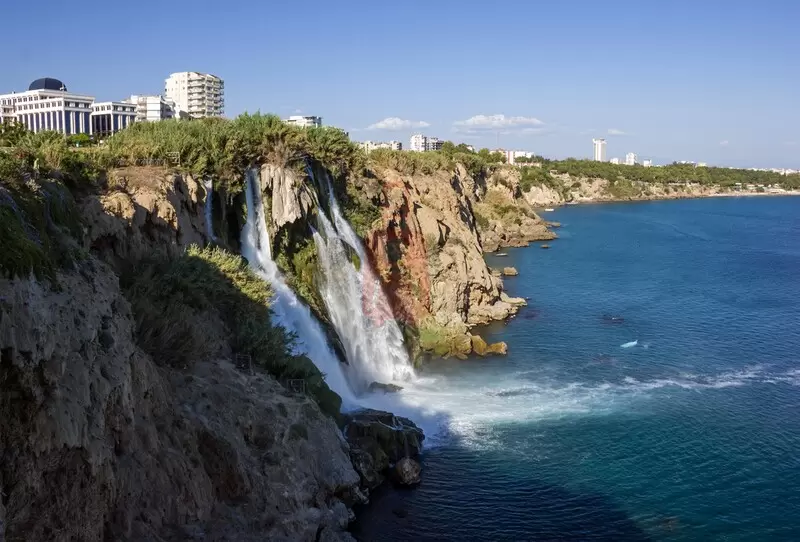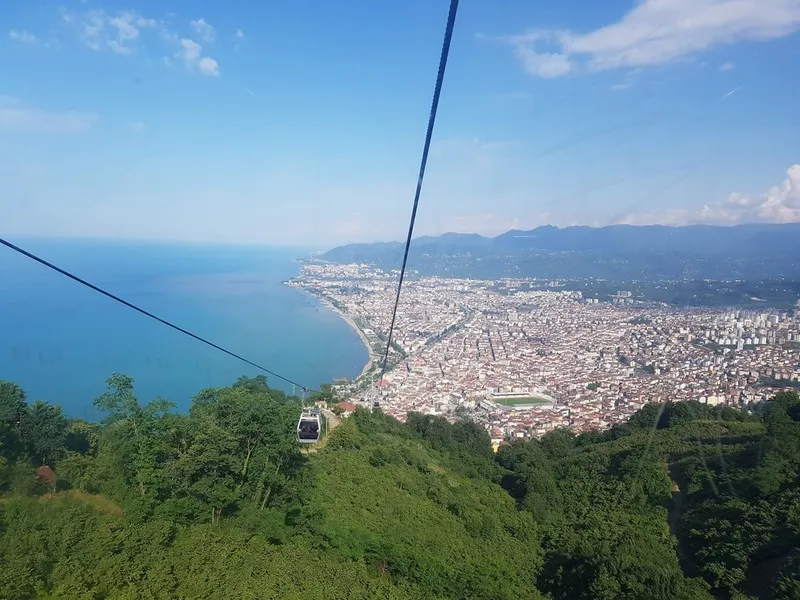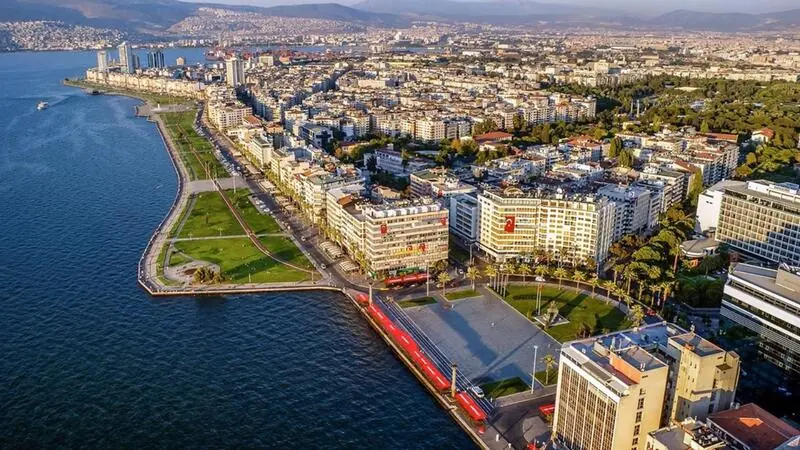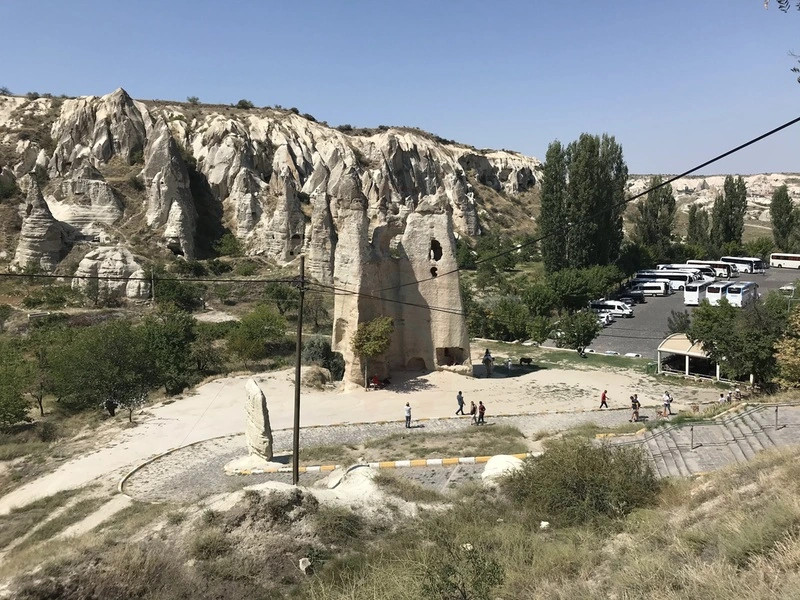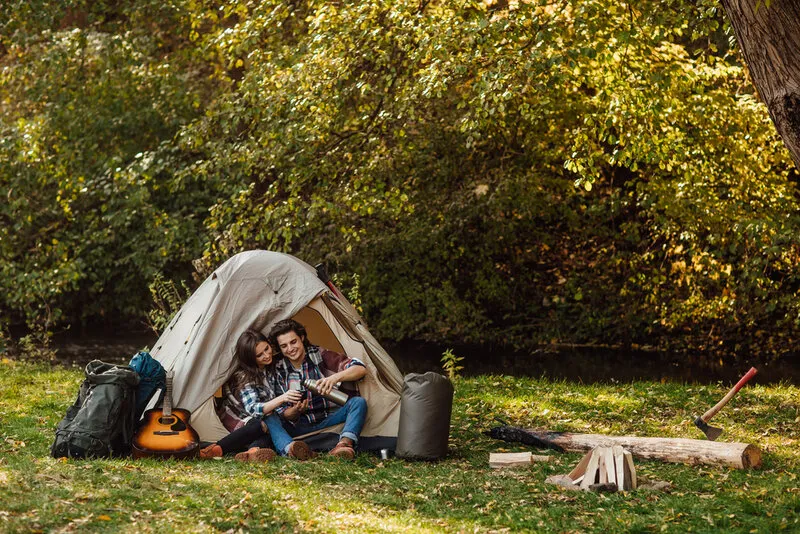
Camping in Türkiye: Tents, Stars, and the Timeless Wilderness of Anatolia
Türkiye offers a phenomenal landscape for [Camping] enthusiasts, blending stunning natural parks with unparalleled access to historical sites and pristine coastlines. From the high-altitude silence of volcanic peaks to the rhythmic sound of waves breaking on the Aegean shore, the country provides diverse environments for every style of camper—whether you seek primitive solitude (wild camping) or the amenities of a full-service campsite (kamping). This trip type is defined by freedom, proximity to nature, and the opportunity to experience Türkiye's geography in its most raw and beautiful form.
As your professional tourist guide, I confirm that successful camping in Türkiye requires knowing where to find authorized sites, understanding regional climate differences, and respecting local conservation rules. This detailed guide highlights the essential camping regions, their unique features, and critical logistical advice for your outdoor adventure.
I. Coastal Paradises: Aegean and Mediterranean Campsites
The Turkish Riviera is rich with organized, beachfront campsites, many nestled within protected pine forests, offering the perfect blend of sea, sun, and shade.
Fethiye and the Lycian Coast: Mystical Bays
The region around [Fethiye] and along the [Lycian Way] is the undisputed capital for natural, scenic camping, often merging hiking with coastal relaxation.
- Kabak Koyu (Kabak Bay): Situated near [Ölüdeniz], this secluded valley is famous for its bohemian, back-to-nature atmosphere. Several camping areas and eco-lodges are located on the hillside, offering spectacular views. It is a key stop on the Lycian Way and attracts those seeking yoga, meditation, and tranquility away from crowds.
- Kelebekler Vadisi (Butterfly Valley): Accessible primarily by boat, this deep gorge offers a magical, secluded camping environment right on the beach, although due to its status as a [First Degree Protected Site], development is strictly limited.
- Patara Plajı (Patara Beach): Near [Kaş], this is Türkiye's longest sandy beach, backed by the magnificent [Patara Ancient City] ruins. Camping is often permitted in designated areas near the entrance, allowing you to sleep under the stars with the sound of the ocean and the silhouette of ancient columns nearby.
Marmaris and Datça: Forested Shores
The [Muğla] region offers large, well-equipped national forest campsites, perfect for families and [Caravan/RV] users.
- Çubucak Orman Kampı (Forest Camp): Located on the [Marmaris] to [Datça] road, this large, state-run facility is set within a dense pine forest right on the sea. It offers all essential amenities, including electricity, water, toilets, and market facilities, making it ideal for longer stays and families.
- Akyaka Orman Kampı: Situated in [Akyaka], a member of the Cittaslow (Slow City) movement, this camp provides a unique setting where the pine forest meets the pristine waters of the [Azmak River] and the [Gökova Gulf]. The area is known for its cool microclimate and gentle breezes.
- Aktur Çadır ve Karavan Kampı: Near [Datça], this award-winning private facility is highly organized, featuring two Blue Flag beaches, catering heavily to organized [Caravan] and tent campers.
II. Mountain and Forest Wilderness: Alpine and Lake Camps
For campers seeking high altitude, cool climates, and dense forests, Central and Northern Türkiye provide dramatic, refreshing landscapes.
Bolu: Lakes and Autumn Colors
The province of [Bolu], easily accessible from Istanbul and Ankara, is famous for its lake systems and forests, making it a year-round camping destination.
- Yedigöller Milli Parkı (Seven Lakes National Park): This is perhaps the most photographed autumn spot in Türkiye. [Yedigöller] offers camping near seven small lakes nestled within a beautiful deciduous forest. Amenities are rustic, requiring campers to be fully self-sufficient regarding power, but the natural beauty is immense. Note: Check road status, as the primary route can be closed by snow in winter.
- Göksu Tabiat Parkı: Also near Bolu, this park offers facilities for both tent and [bungalow] camping, surrounded by calm lake waters, perfect for hiking and photography.
The Northern Heights: Artvin and the Kaçkars
For serious trekking and high-altitude primitive camping, the East offers unparalleled wilderness.
- Kaçkar Dağları (Kaçkar Mountains): Camping here is often primitive and is usually done in conjunction with multi-day [Trekking] or mountaineering expeditions. Campers often set up near [Glacier Lakes] and high-altitude plateaus. This area requires proper gear (four-season tents, warm sleeping bags) and experience due to unpredictable weather.
- Borçka Karagöl: In [Artvin], the [Borçka Karagöl-Sahara National Park] offers stunning lakeside scenery for camping, though setup is often restricted to designated areas near the park entrance to protect the fragile ecology.
III. Unique and Historical Camping Contexts
Some Turkish camping spots offer more than just nature—they provide an unusual historical or geological backdrop.
Kapadokya: While not wilderness camping, many sites around [Göreme] and the [Love Valley] offer commercial campsites (like [Panorama Camping]) that provide amenities and electricity, allowing visitors to sleep in a tent with the backdrop of the famous [Fairy Chimneys] and morning balloon spectacle. Kazdağları Milli Parkı (Mount Ida): Located on the border of [Çanakkale] and [Balıkesir], this park is known as "Ida Mountain" in ancient mythology. Camping here offers lush forests and clear streams, surrounded by the legend of the Trojan War and the region's incredible biodiversity. Gelibolu Milli Parkı (Gallipoli): Camping is restricted here, but designated areas in the [Gelibolu Peninsula] allow travelers to camp amidst the quiet, poignant landscape that served as the battlefield for World War I, offering a deep historical atmosphere.IV. Essential Logistics and Rules for Camping in Türkiye
Camping requires adherence to specific rules, particularly concerning permits and environmental protection:
- Wild Camping (Free Camping): While widely tolerated in remote, non-protected areas, [Wild Camping] is officially prohibited in [National Parks] (Milli Parklar), most archaeological zones, and heavily protected nature areas (like [Kelebekler Vadisi]). Always check local regulations or set up camp near a small village with permission.
- Authorized Campsites (Kamping): For comfort, reliability, and access to services (water, toilets, electricity, security), choose established [Kamping] sites like [Çubucak] or [Aktur]. These facilities often meet government regulations for safety, minimum area per unit (80m² per camper), and amenities.
- Fire Safety: Due to the severe risk of [Forest Fires], lighting fires outside of designated barbecue/campfire pits is strictly forbidden in all national and forest camps, especially during the dry summer months (June–September). Always carry a portable gas stove.
- Gear and Seasonality: The best seasons for general camping are [Spring and Autumn] (April–May and September–October). For high-altitude areas, a four-season sleeping bag is crucial, even in summer, due to sudden temperature drops. For coastal camps, prioritize shade and good ventilation.
Türkiye offers a magnificent embrace for the dedicated camper. Whether you prefer the rustic solitude of the [Kaçkar] heights or the communal warmth of a seaside [Orman Kampı], your journey into the Anatolian wilderness promises rich rewards and total immersion in nature.
